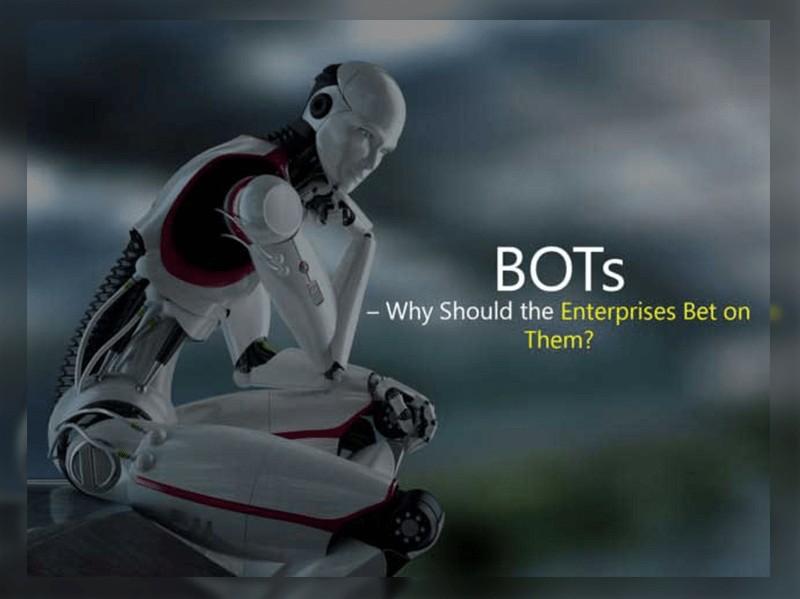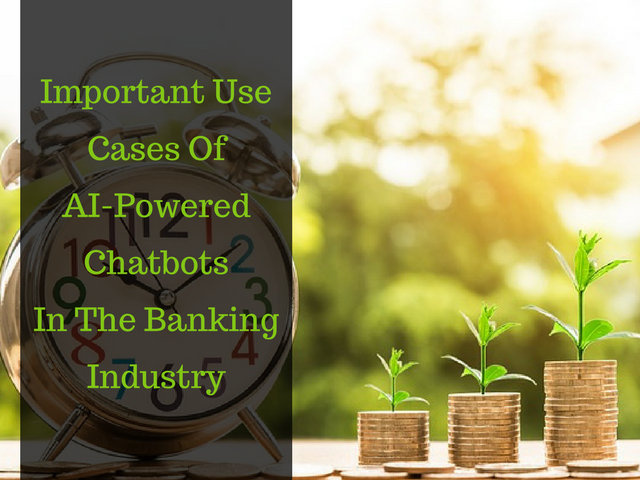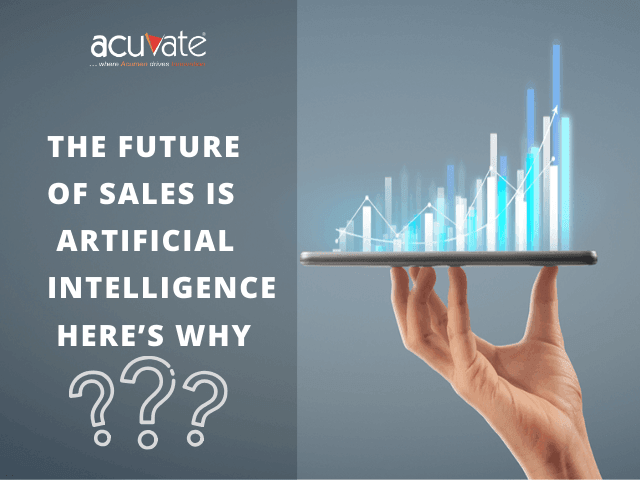In today’s world, enterprises have extensive IT infrastructure – from multiple farms on-premise to cloud tenants with various providers, which run many internal custom-built applications and ERP surround applications. Then there are other core applications like customer portals, CRM, etc. and finally the backbone – ERP. In some cases, there are multiple ERP systems. With all these systems running independently or forcing collaboration in some cases, one doesn’t achieve the purpose of a unified system for the enterprise. There may have been attempts at defining enterprise architecture and aligning new and old systems together, but it can get complicated or rather expensive, so much so that it outruns the advantages you would otherwise gain from unifying them.

Before we go into how we can unify all the applications and create a homogenized platform, let’s quickly understand why we have to move in this direction:
Security: 100’s of applications, 1000’s of employees and multiple geographies, it is a nightmare for the IT teams to ensure the right access to right people. Most of us are still achieving this but at a huge cost.
Ease of Use: One must login to multiple portals/applications to perform multiple activities. Which in a standalone state is alright, but when customer or sales come in, there is no collective view of information.
Hiring and Managing Field Workforce: The bot’s usage can be used as a tool to hire the right person based on the questions the person is asking the bot for performing a drill of a real-life scenario. And for the map power on the field, this will reduce the time for training and make workforce productive at the earliest while tracking performance at the root level.
Report Factories: One depends on the MIS report generating teams to keep receiving reports that are specific to the individual or team. Right from target vs actuals to cash flow status – all are made available to the required people at the right time.
BA Teams: Dependence on BA teams to make sense of various KPI from production forecast to sales forecast and everything in between which is needed by sales and management teams is a huge bottleneck especially in fast moving industries.
Other information: Updates, news, new products, new incentives, offers, etc. are all over the place. Failure from intranet project leads to their low adoption.

As one of the leading chatbot companies Acuvate working on integrating all the systems or all the relevant systems using Acuvate AIP/BotCore through microservices and Azure platform with aggregator bot.
This will eliminate redesigning and rebuilding applications to integrate them. Once all the applications are connected to AAIP our AI and ML algorithms will kick-in and provide the relevant data to an employee to make an informed decision. AAIP will also help the executive to keep track of what is going good and what is not good so that he can take any preventive actions in time. This is not a complex NOC, but a system with simple chat interface on different channels where key KPI’s can be monitored and sends alerts based on movement in KPI’s.
Enterprise BOTs are a new user interface, but when AAIP comes in it makes it even more powerful by being a one-stop information point for all teams. Employees access different systems for different things, or have to call/email different departments for different information, be it as simple as pay slips, policies, bidding guidelines, travel arrangements, sales performance, new targets, new product details, current promotions, among others, the list is never-ending.
Acuvate Introduces the Aggregator Bot Which Is Built on the Philosophy of RATE (Reform, Assist, Transform & Educate)
The chatbot can act as below:
Act as a Concierge:
In the process of unifying, bots need to be built for each department/practice/operation and once this is done any employee can just ping the aggregator bot and enquire anything from ESS or the intranet and the aggregator bot checks for permissions levels and then identifies the area of query and passes it on to the relevant bot where the SME bot quickly checks the access levels of the employee for the query posed respond accordingly.

Aggregate Relevant Data:
Aggregator BOT’s primary function is to help employees in sales & marketing roles to convert data from different systems and provide them with information based on which decisions can be taken. In the absence of this, the employee will in all likely have to refer to a logistics portal, supply portal, CRM systems to make his move. There are many cases where organizations had to outsource to backend analysis teams comprising of BAs and Report Generators, this apart from cost also takes time for the information to reach the intended user. The problem doesn’t end here, in the age of millennials where employees are changing jobs frequently, there is huge amount of training that needs to be given on a constant basis to understand reports sent by backend analysis teams. But, with the Aggregator BOT, training can be avoided as the bot is easy to use and is always available.
For IT teams an instruction can given to the bot to disable or enable access to a certain person, one need not check each application and access levels that have to be given or removed, it will also present usage matrix. Similarly, other departments can do the same thing.
Aggregator BOT uses Acuvate’s BotCore which is an enterprise bot builder platform. This is the platform which is architected to scale unlimitedly and connect to as many LOB systems using microservices and Azure infrastructure.
Can we avoid data duplication making bots hitch to various systems and bring it in just for the transaction and destroy the copy once done?
The digital universe is set to expand to 6 trillion terabytes of data this year. How much data does one need to keep provisioning for? How many times does the data duplication finder need to run?
If you’d like to learn more about this topic, please feel free to get in touch with one of our experts for a personalized consultation.



